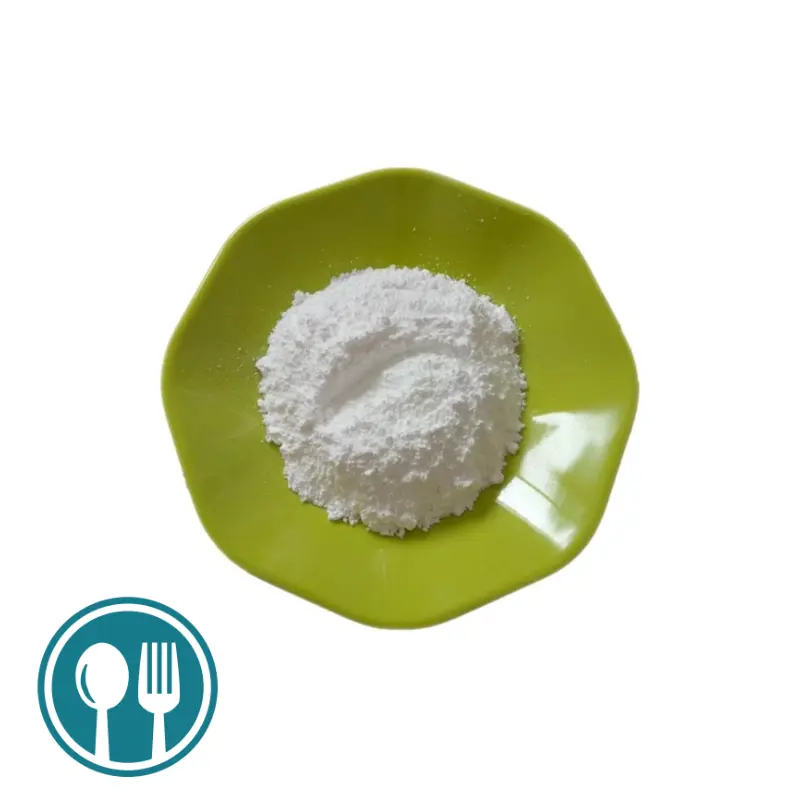Compared with other materials, magnesium oxide has the following significant characteristics: it is not dependent on ultraviolet light, it can avoid the toxicity of antibacterial materials caused by photocatalysis, it has low production cost and simple antibacterial conditions.

Magnesium oxide is a safe antibacterial agent. The antibacterial effect of magnesium oxide is related to particle size and surface morphology. Magnesium oxide also has the characteristics of non-conductivity, high temperature resistance and thermal conductivity. Magnesium oxide is widely used in chemical, medical and food industries.
The antibacterial mechanism of magnesium oxide is mainly divided into oxidative damage and adsorption. Magnesium oxide produces peroxide ions through redox reactions. Peroxide ions can destroy the protein peptide chains of bacterial cell membrane walls, leading to microbial lysis and apoptosis. Under alkaline conditions with high pH values, the killing ability of peroxide ions on microorganisms becomes stronger.
The mechanical damage caused by the adsorption of magnesium oxide refers to the active sites on the surface of magnesium oxide, which can adsorb with bacteria, leading to cell deformation, lysis and death. The smaller the particle size of magnesium oxide, the more significant the inhibitory effect on microorganisms.
The hydration reaction of magnesium oxide refers to the hydration of magnesium oxide water molecules, which causes changes in the cell membrane through the reduction of water content, causing the cells to be in a disordered state, and then lyse and apoptosis.
As a safe antibacterial agent, magnesium oxide is widely used in the food industry. Its antibacterial effect is related to particle size and surface morphology. Magnesium oxide has the characteristics of non-conductivity, high temperature resistance, and thermal conductivity, which makes it widely used in the chemical, medical, and food industries.
The antibacterial mechanism of magnesium oxide mainly includes oxidative damage and adsorption. Specifically, magnesium oxide produces peroxide ions through redox reactions. These peroxide ions can destroy the protein peptide chains of bacterial cell membrane walls, causing microbial lysis and apoptosis. Under alkaline conditions with high pH values, the killing ability of peroxide ions on microorganisms becomes stronger. In addition, the mechanical damage caused by the adsorption of magnesium oxide refers to the active sites on the surface of magnesium oxide, which can adsorb with bacteria, causing cell deformation, lysis and death. The antibacterial mechanism of nano-magnesium oxide mainly includes three types: reactive oxygen oxidative damage, adsorption, and non-free radical-mediated damage.
In order to broaden the antibacterial properties and application value of magnesium oxide, magnesium oxide can be used in combination with other antimicrobial agents. For example, the synergistic effect of magnesium oxide and nisin can effectively inhibit the growth of Staphylococcus aureus and Escherichia coli in milk, which is beneficial to extend the shelf life of milk. In addition, adding magnesium oxide as an antibacterial and antifungal agent can prepare a biodegradable composite material with broad-spectrum antibacterial function, further expanding the functional use of magnesium oxide.
In summary, magnesium oxide, as a safe and effective antimicrobial agent, is used in food packaging materials and food additives, providing a new solution for food preservation and prevention of microbial growth.

